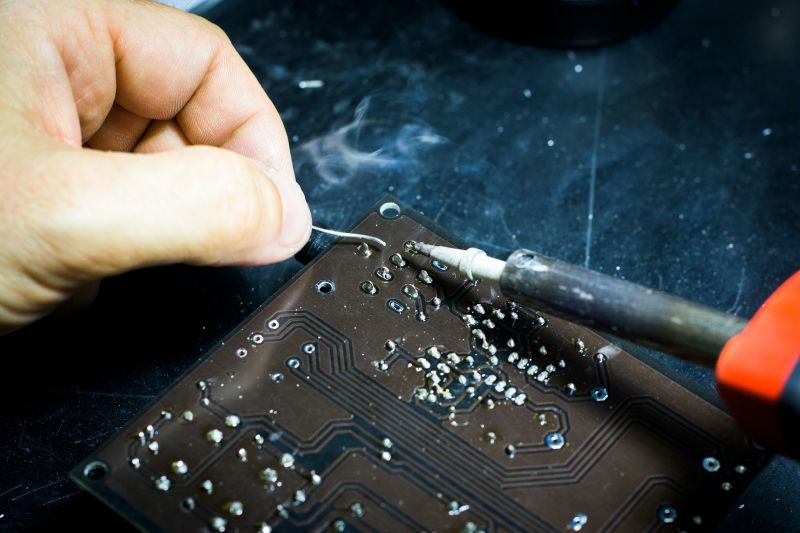Pre-Compliance Testing

Almost all electronic and electrical devices today must go through some sort of electromagnetic interference (EMI) or electromagnetic compatibility (EMC) testing in order to make sure that the device will function as intended, without interfering with other devices within its given environment. This interference can range from minor annoyance to catastrophic, and compliance testing helps ensure that our increasingly electronic world will continue to operate successfully even as more and more electronic/electrical devices are introduced into it.
With compliance testing being an almost certain requirement before your product can hit the market, pre-compliance testing can help remove the risk of product failure and avoid the costly process of re-testing after failure. With almost half of all projects estimated to fail compliance testing, having your design engineers build pre-compliance testing into the project from day one is the best way to ensure your product’s final compliance testing goes as smoothly as possible and is the most cost-effective.
Reason For Pre-Compliance Testing?
The earlier a product deficiency is found, the easier it is to rectify. Waiting until after your product has failed compliance testing in order to address any problems is much more costly and time consuming than fixing them during the design phase. Building a solid pre-compliance test plan, focused on areas that your team has identified as potential causes for concern, will allow your team to identify issues and find solutions early, potentially accelerating your project lifecycle rather than delaying it. Pre-compliance testing can also save money by reducing over-engineering of certain components. Over-engineering occurs because, if a product has never been tested, it is not necessarily known where problems might occur, which may lead to countermeasures being put in place preemptively where they are not required, leading to costly additions that were never needed.
Preparing a Test Plan
The first step in pre-compliance testing is to create a test plan. While a test plan may seem complex to create, companies such as Com-Power can help you through the process. You will need to compile the basic information about your product as well as the technical information necessary for testing, including:
- Product information - The product name and model number.
- Product functionality - What your product does.
- Product dimensions and weight
- Product positional classification - tabletop, floor standing, wall-mounted or multiple orientations.
- Product power supply requirements - DC, AC, internal battery, etc.
- List of all ports on the product - Power port, telecommunications port, etc. (typically any interconnecting cable is classified as a port).
- Cable type for each port - 8core, CAT6, shielded cable, etc.
- Cable length for each port
- Cable(s) manufacturer and model
- The number of samples requiring testing - some EMC testing requires more than 1 sample to be tested.
- Product modes of operation
- Product configuration - Can be a block diagram with a list of all ports and cables
- Test fixtures configuration - Include any special software or supporting equipment
- Time estimate - Determine how long it will take to set up the product and supporting equipment/software.
- Product health and safety requirements - This helps the testing lab determine what precautions to take when testing your product.
- Transmitter information - Needed if a wireless radio module is used.
- Frequency range - The lowest and highest frequencies used within the product
- Theory of operation - A document that allows the certification review to understand the complete technical function of the product.
- Cycle time - The time the product must operate for in the particular mode of operation.
- Performance criteria - Defining the method of recognizing, monitoring and reporting failures, along with the definition of what constitutes failure.
By constructing a suitable test plan, you are preparing yourself as much as possible before even entering the test lab, which gives your product a higher chance of meeting compliance the first time. If this all seems a bit complex, Com-Power can help you achieve compliance.
Find the Right Partner
Com-Power offers high-quality, reliable EMC pre-compliance testing equipment that can help you avoid obstacles that commonly occur during testing. Contact us, or request a quote, to learn more about how you can better prepare for compliance testing through proper EMC pre-compliance testing.